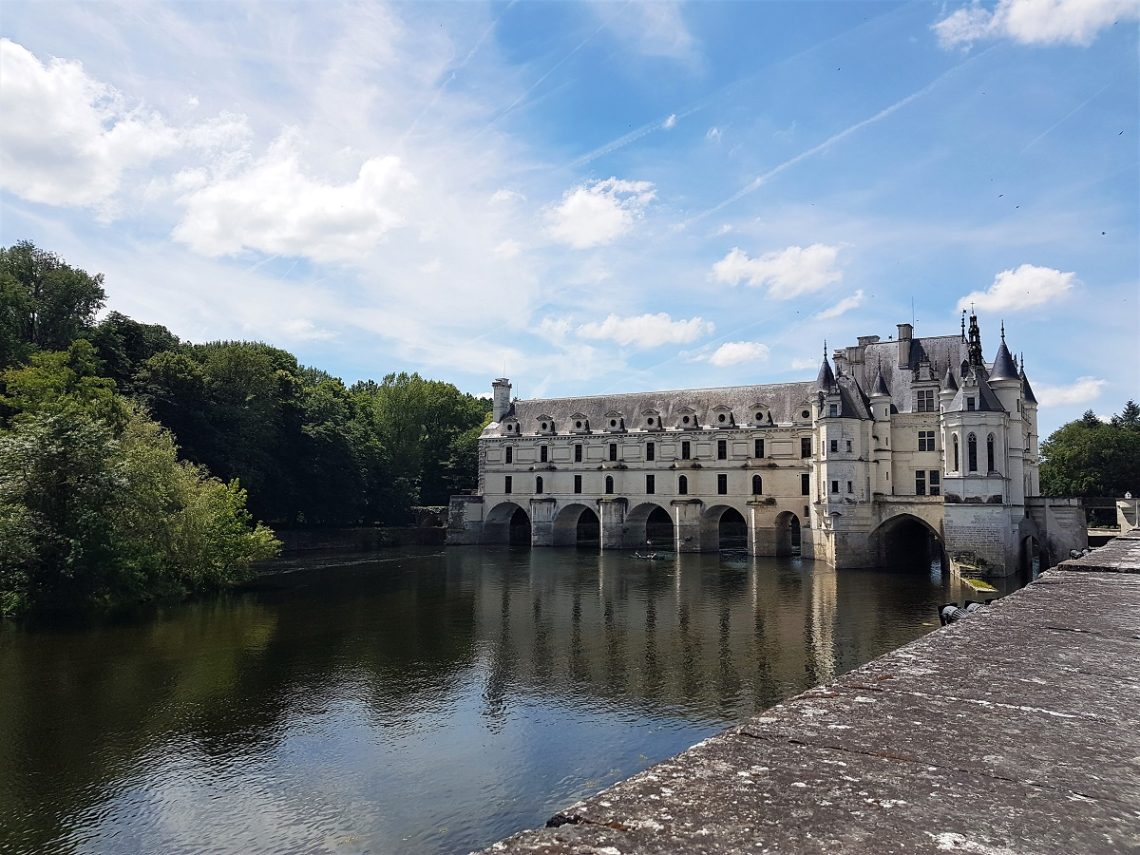Thanks to its arched bridges spanning the River Cher, Chenonceau is possibly the prettiest, most distinctive and most fairytale-like of all the chateaux of the Loire.
I’d been wanting to visit Chenonceau since I was a child after my parents bought me a 3D jigsaw of it (it took forever to build!).
So when my parents invited me to spend a week with them in the Loire Valley in June 2019, it was at the top of my list of places to visit.
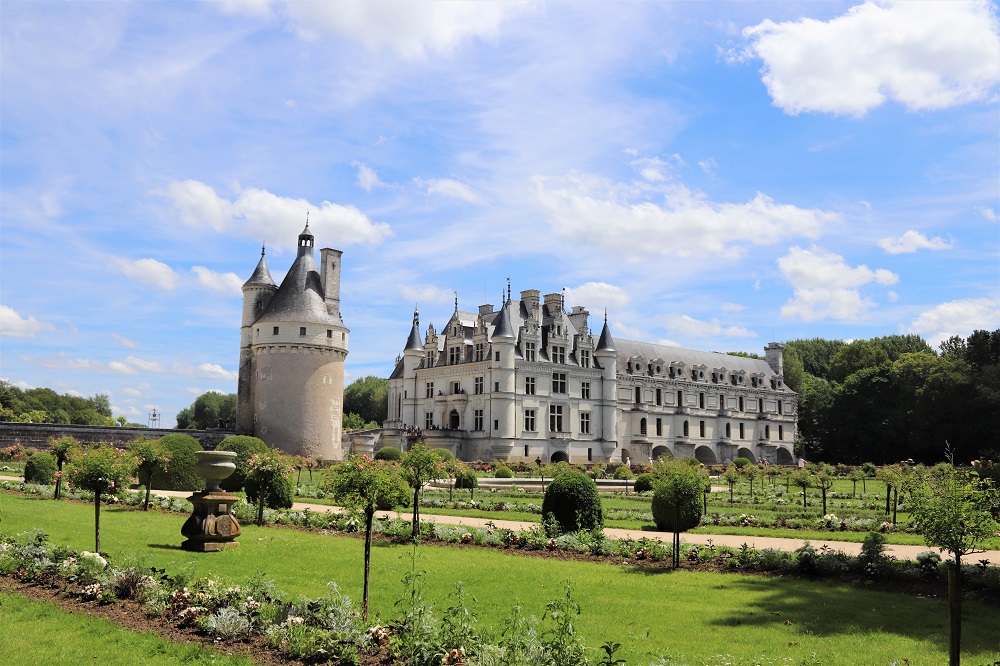
There’s been a chateau on the spot since the 12th or 13th centuries. But the current incarnation dates to the early 16th century when it was bought by Thomas Bohier, one of Charles VIII’s chamberlains.
Bohier and his wife Catherine Bri?onnet knocked down the old castle (only the keep remains) and built a new one atop an old watermill.
When Bohier’s son failed to pay his debts in 1533, the chateau was seized by the royal family, and 14 years later, Henri II gave it to his beloved mistress Diane de Poitiers.
Diane added the bridge that now spans the River Cher, as well as the ‘floating’ parterre garden(below).
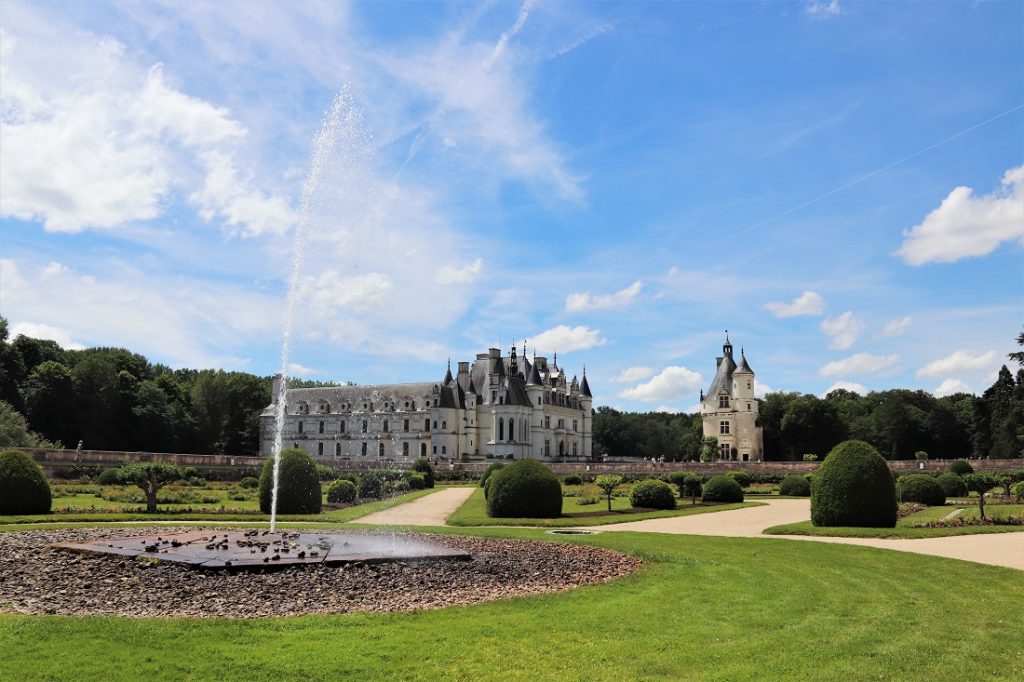
Two years later, Henri II died from a gruesome jousting accident and his widow, the infamous Catherine de Medici, kicked Diane out of Chenonceau, forcing Diane to take Catherine’s smaller chateau at Chaumont-sur-Loire instead.
Over the next few decades, Catherine added her own touches to the chateau.
These included building the distinctive gallery that sits atop the bridge, which was inspired by the Ponte Vecchio in her home city of Florence, and creating her own formal garden.
Other notable owners included Louise Dupin, who helped save the chateau during the French Revolution by arguing it needed to stay because it was the only bridge over the river for miles, and Margeurite Pelouze, who restored it in the 1860s.
During the First World War, Chenonceau was used as a hospital for wounded soldiers. And in the Second World War, it was occupied by the Nazis as the River Cher (below) marked the demarcation point between Nazi and Vichy France.
Since 1913, the chateau has been owned by the famous Menier family of chocolatiers.
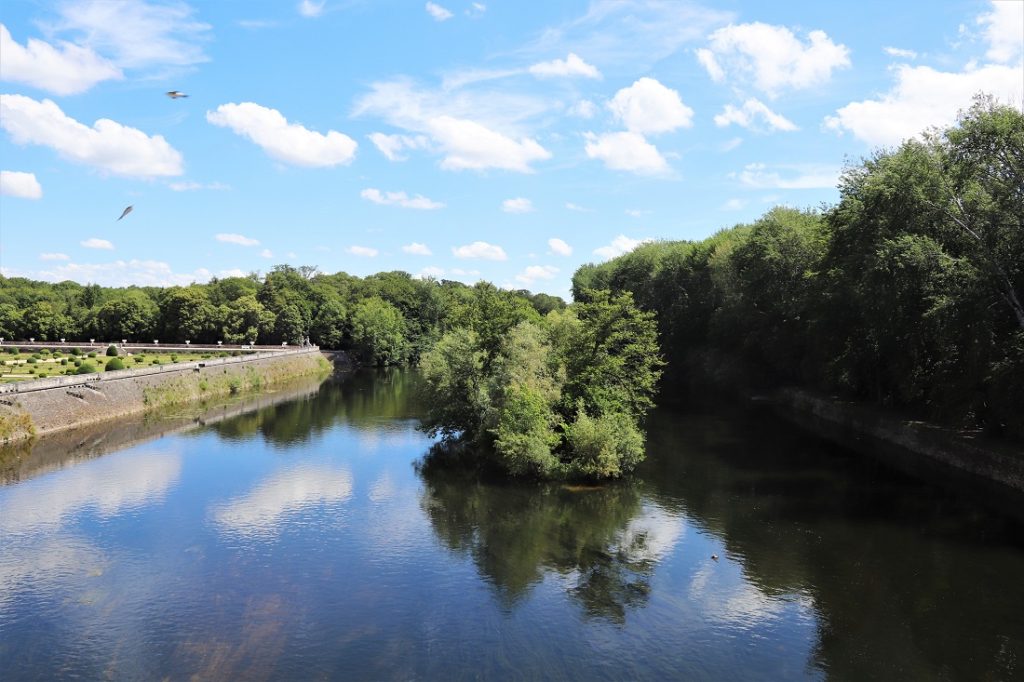
To get to the chateau, you have to drive through the village of Chenonceaux, a delightfully picturesque affair that’s just as photogenic as the castle.
Although Chenonceau is one of the most famous chateaux in France and the second most visited after Versailles, I was surprised by how busy and commercial it was.
I’m used to French chateaux being almost deserted when I visit and it hadn’t occurred to me it would be heaving and filled with tour buses.
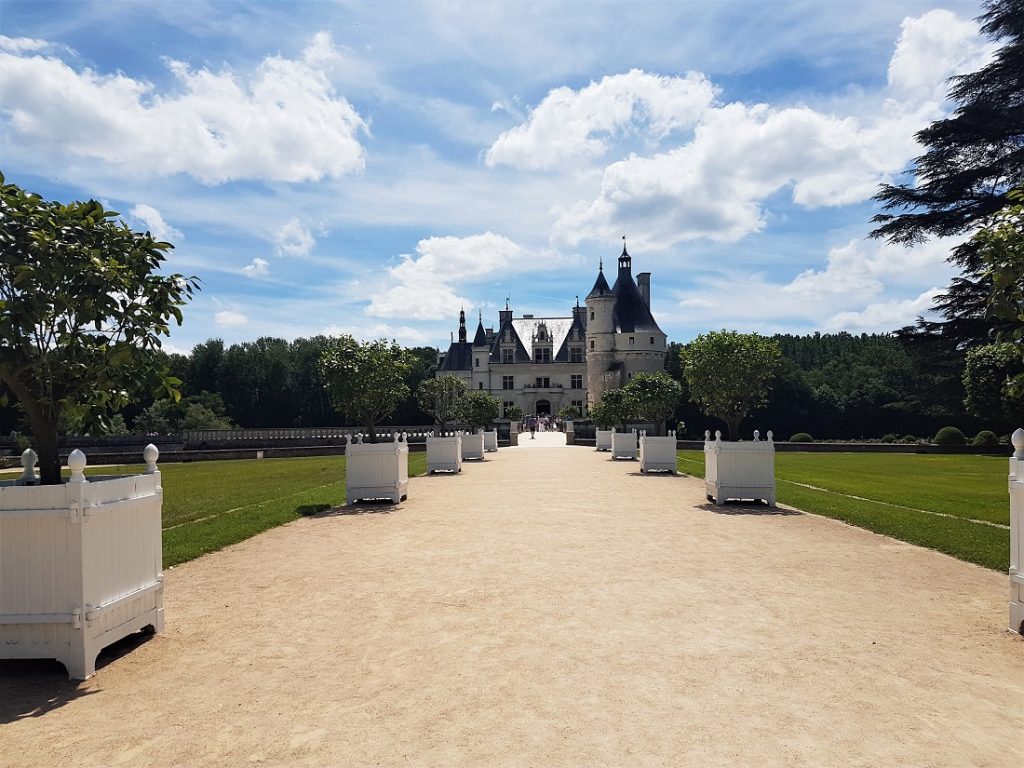
After buying our tickets, we made our way up the wooded drive to the chateau and as we got closer, I was struck by how small it was.
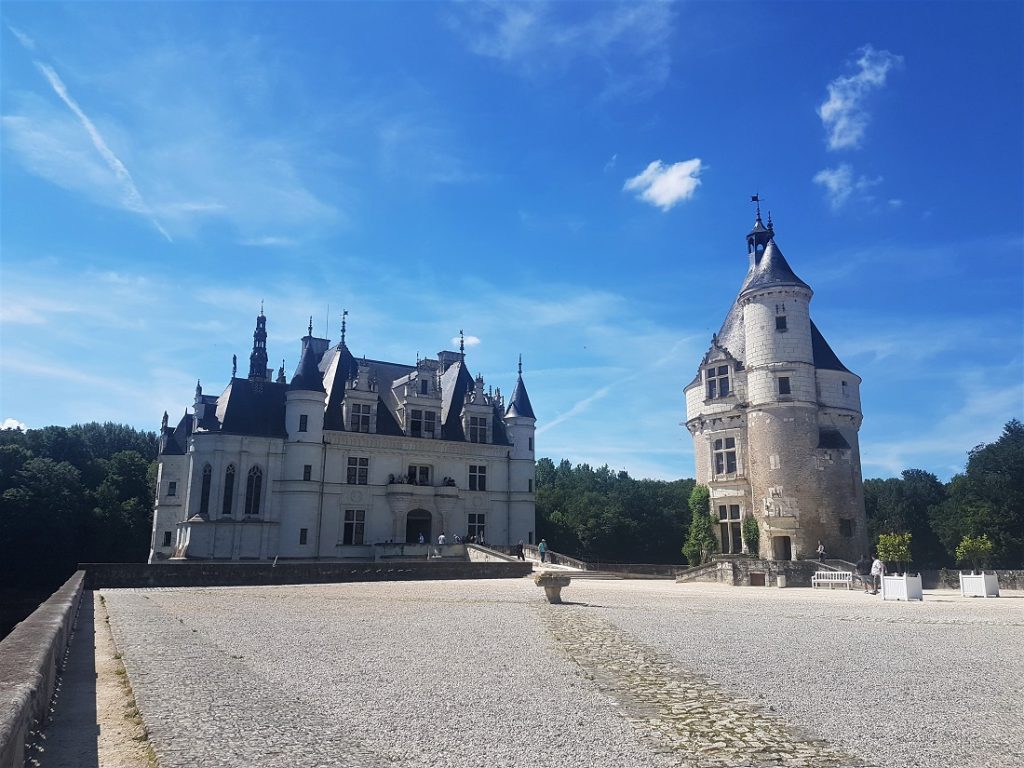
We crossed the sandy-coloured courtyard, passing the keep (above right) and ventured inside.
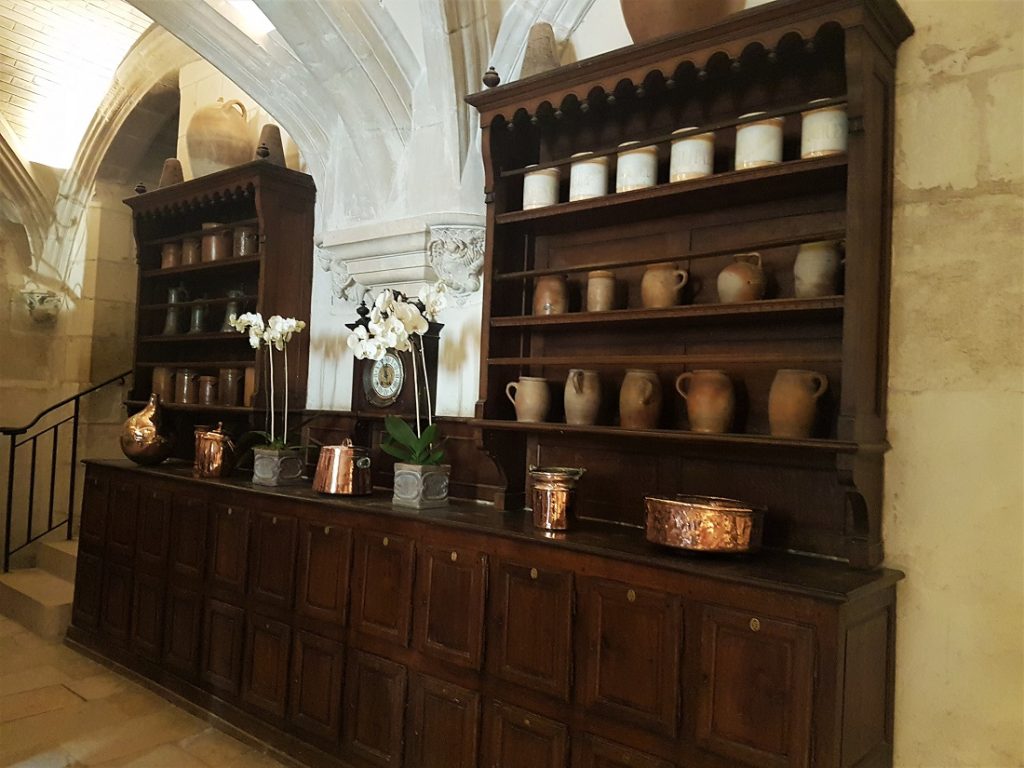
The chateau was set over four floors – three were home to the living quarters, while the fourth housed the kitchens (above).
All the rooms were handsomely decorated, and each had its own distinct personality.
The ceilings were beautifully painted and many of the rooms featured elaborate bouquets of flowers (below).

Among the most interesting rooms were the long galleries over the covered bridge.
The first floor gallery was long, airy and elegant with black and white diamond print tiles (below).
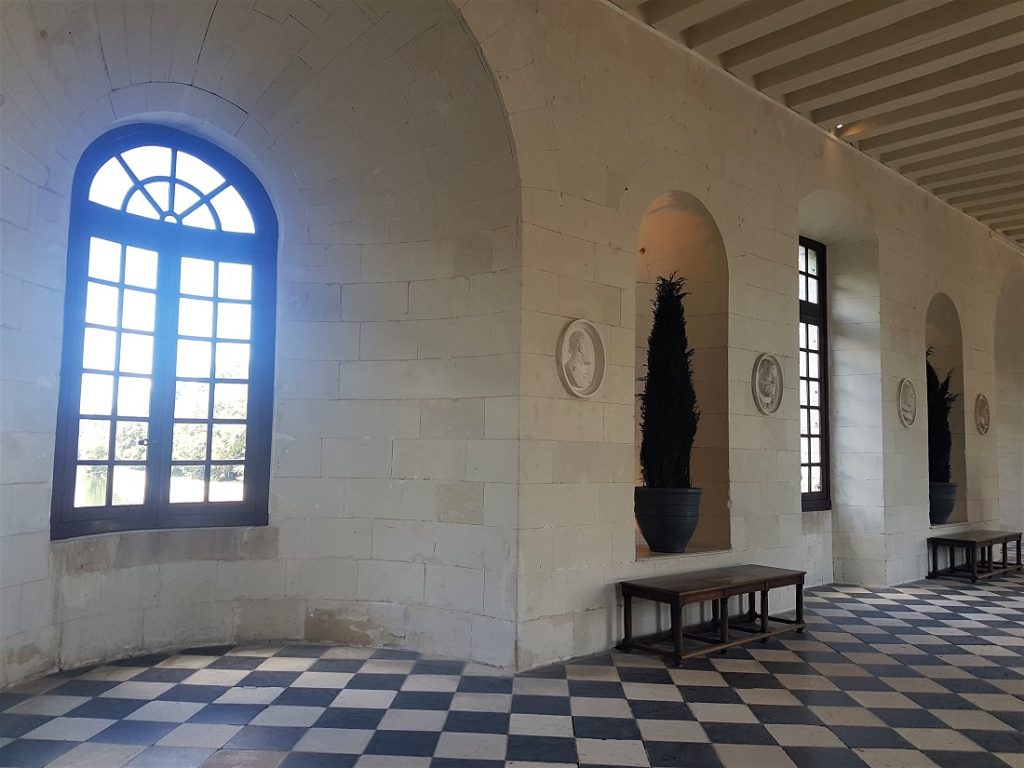
While the second floor played host to the Medici Gallery, a series of interesting displays that recounted the chateau’s history.
I really enjoyed learning about the many women who shaped the chateau and the different ways in which they left their mark on it.
The chateau was a lovely, elegant affair, but I was dismayed by how busy it was. It was teeming with people, all jostling for position and in some cases, quite literally, pushing people out of the way.
There were also a fair few people who seemed to jump into shot just as someone was about to take a photo and then stand there for ages, not moving.
One woman got so fed up she yelled at a man to get out of the way and stop ruining everyone’s photos.
The chateau’s fairly small inside, so having seen all there was to see, we made our way back outside to the self-service café in the nearby orangery.
The café wasn’t the best and overpriced for what you got (the teas and coffees came from a self-service machine).
But it was a pleasant spot to bask in the sunshine while watching the world go by.
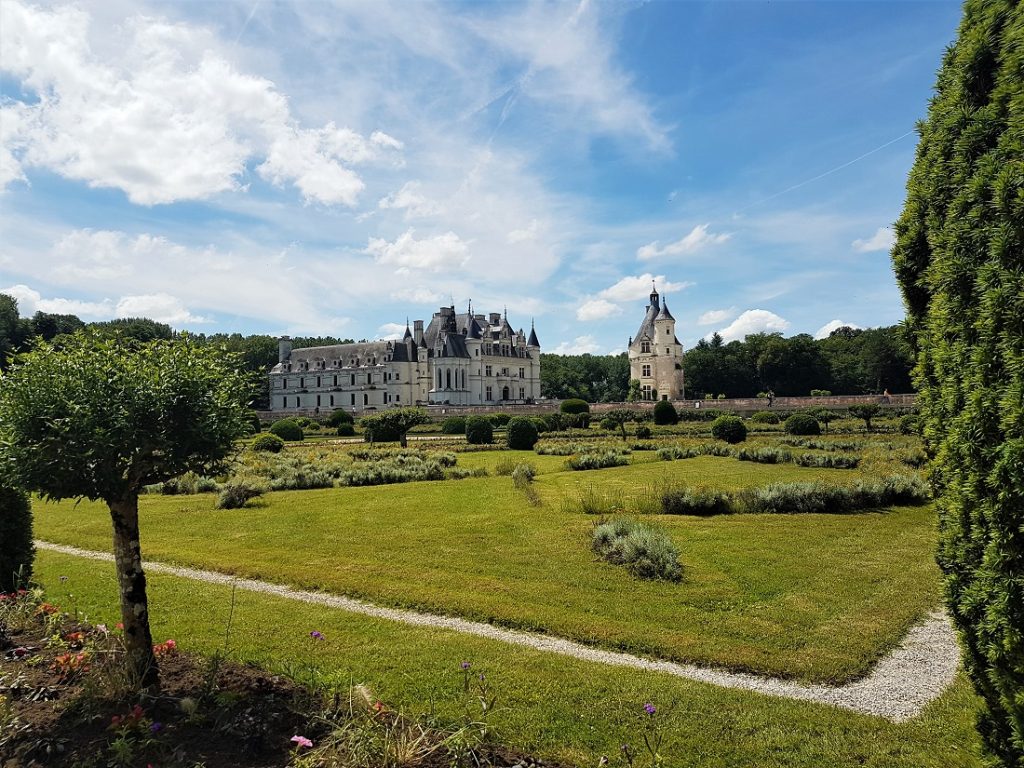
After our pitstop, we made our way to Diane de Poitiers’s garden (above), a rectangular affair surrounded by a raised walkway.
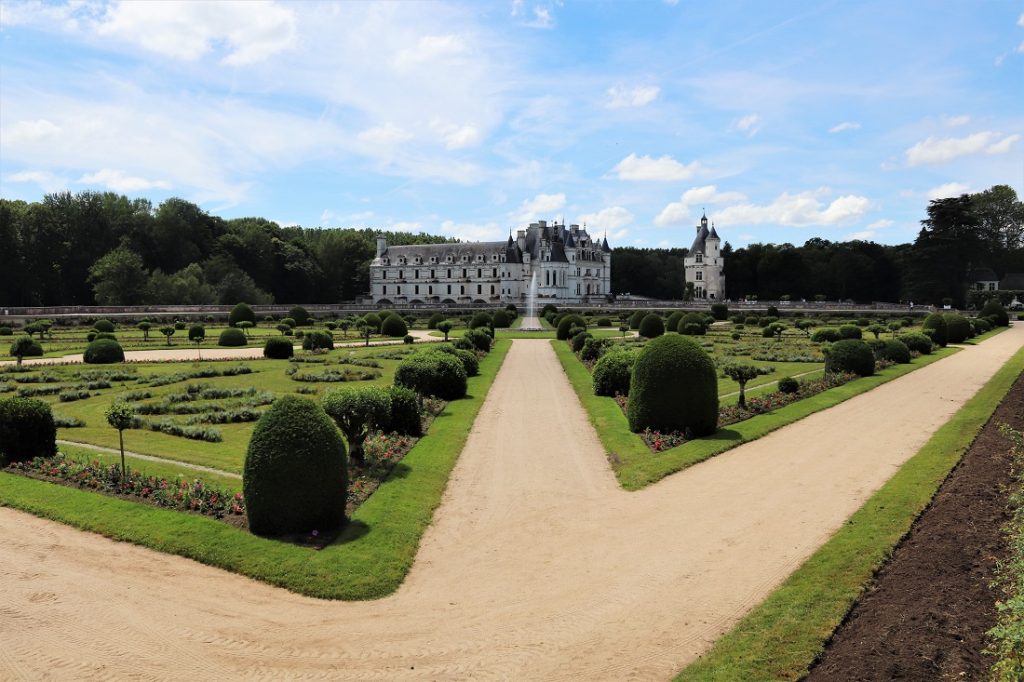
It’s a huge expanse of neatly laid out plots featuring perfectly manicured hedges and immaculate flowerbeds, all pointing to a fountain in the centre.
The garden borders the River Cher, making it the perfect place to snap the chateau’s famed covered bridge and I spent quite a while on the walkway, admiring the lovely views.
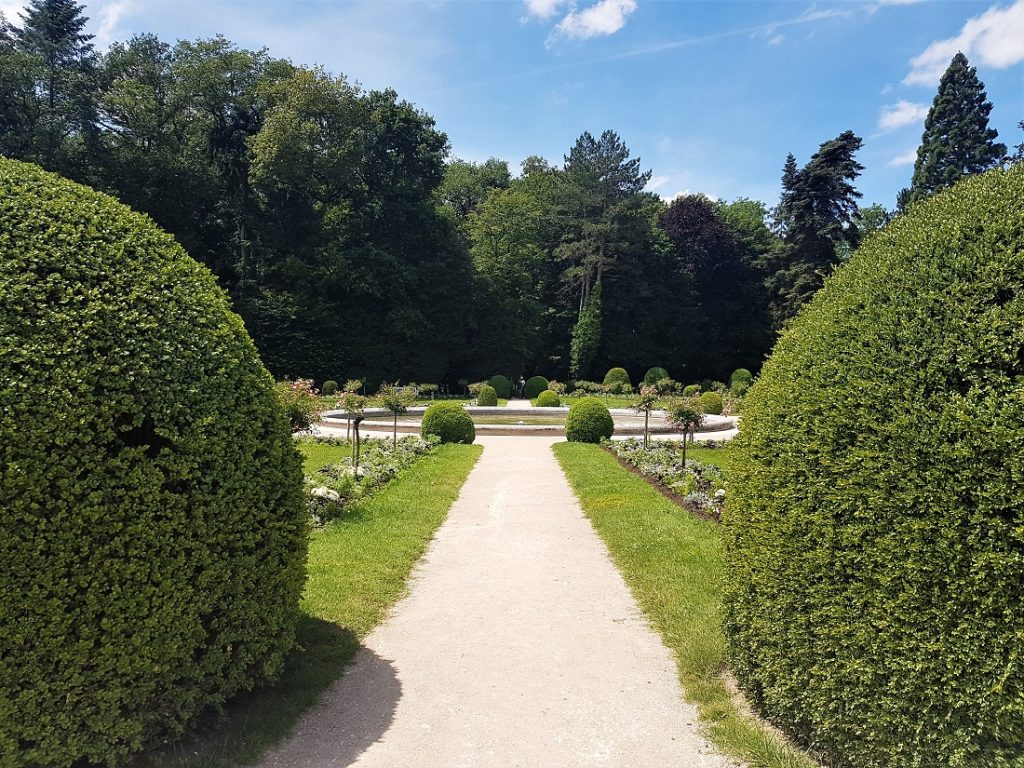
We then strolled to Catherine de Medici’s garden (above), which also borders the river, but on the other side of the chateau.
Catherine de Medici’s square garden is a much smaller space, but I found it prettier than Diane de Poitiers’s.
It was filled with pink flowers and boasted a large fountain in the middle, along with splendid views of the chateau.
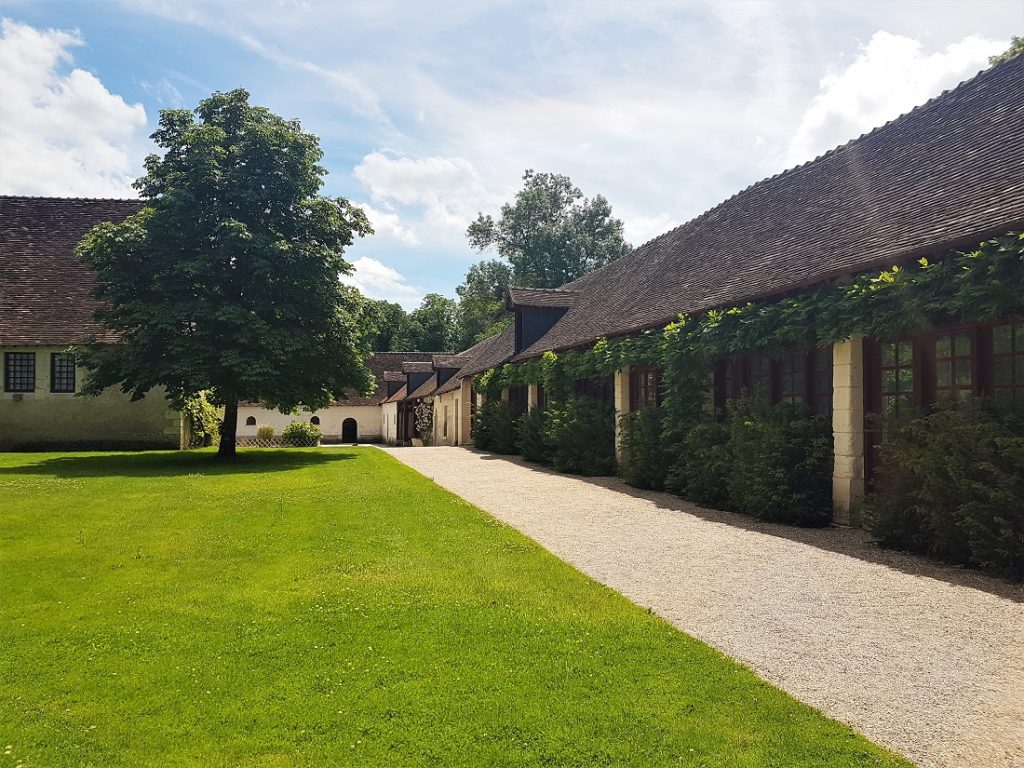
By now, we’d seen all there was to see in the gardens, so we strolled back towards the entrance via the woods that run behind the orangery and the idyllic 16th century farm (above).
From there, we meandered through the fruit and vegetable garden (below), which was lined with pretty pink rose bushes.
My Dad (a keen gardener) was in his element admiring the various veg they were growing.
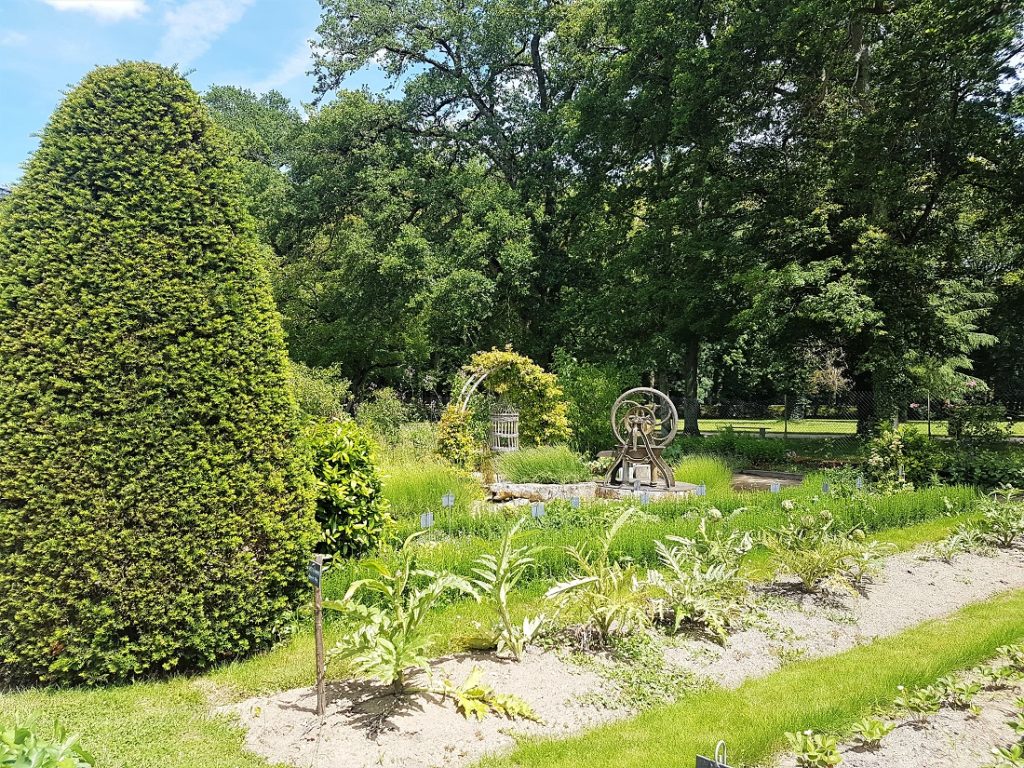
Chateau de Chenonceau is a spectacular affair and one of the prettiest, most romantic castles I’ve been to, and – hoards of people aside – I enjoyed our visit.
Having spent months as a child painstakingly building a 3D version of it, it was fantastic to finally see the chateau in the flesh and it more than lived up to my, admittedly, high expectations.

